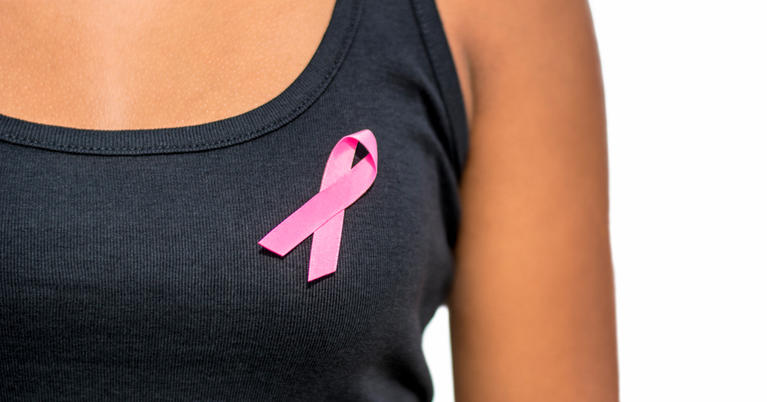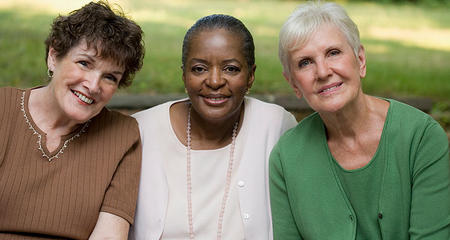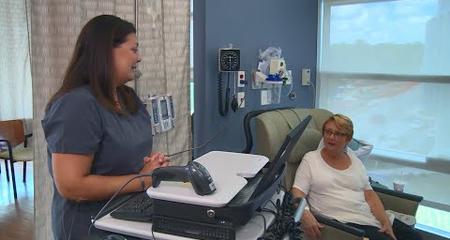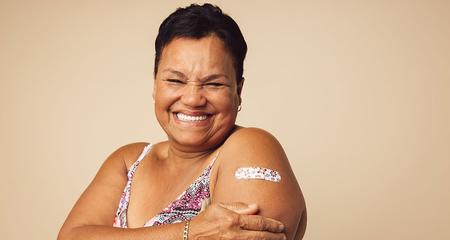
Annual mammograms and, if you and your doctor decide they’re right for you, monthly breast self-exams are part of a proactive breast health program. The goal is to detect breast cancer early when it is easier to treat and before it is big enough to feel or cause symptoms. Having regular mammograms can lower the risk of dying from breast cancer.
Schedule Your Screening Mammogram Now
Froedtert & MCW imaging locations are open for scheduling your diagnostic and screening mammograms. We appreciate that you’re being proactive about taking care of yourself and will work with you to schedule your exam as soon as possible.
We offer the ability to schedule your screening mammogram online. Choose the mammography location, date and time that best meets your needs. Saturday and evening appointments are also available at some locations.
Schedule Your Mammogram Online
Breast Cancer Screening: What is a Mammogram?
A mammogram is a low-dose x-ray exam of the breast to look for changes in breast tissue. Screening mammograms are performed annually on women who have no symptoms for breast cancer.
Do Mammograms Catch Breast Cancer Early?
It is important to know that finding breast cancer at an early stage is a real advantage: Early discovery, when breast cancer is contained within your breast, gives you about a 99% survival rate (National Cancer Institute SEER database, 2011–2017, 5-year relative survival). When breast cancer is found late, after it has spread beyond your breast, the odds are less favorable: For instance, if cancer is found when it has already spread to other organs like the lungs, long-term survival is around 29%. The bottom line: Screening mammograms can find cancer when it is too small for you to feel. Early discovery and treatment can save your life.
What Happens in a Mammogram?
A mammogram is a clinical exam by a medical professional. The mammogram procedure takes about 30 minutes. Most patients have two pictures of each breast taken, producing a four-view screening exam. All of our mammogram locations use digital mammography, which produces more accurate imaging in most women. If the doctor has concerns about your screening mammogram results, you may be referred for a diagnostic mammogram and additional imaging.
Are Mammograms Covered by Insurance?
It is always a good idea to check with your insurance provider to see if insurance co-pays or deductibles apply.
There is a difference in how insurance providers cover screening and diagnostic mammograms. The Affordable Care Act requires health insurance plans to cover the costs of preventive services you qualify for. That includes screening mammograms performed within your insurance network, if you are at average risk of developing breast cancer, starting at age 40, every one or two years. A screening mammogram is a test you have routinely when you don’t have any symptoms of breast cancer.
If you have a mammogram because you have breast cancer symptoms, such as a lump, the mammogram is not a screening — it is a diagnostic test or diagnostic mammogram. Also, if a lump or suspicious area is found during a screening mammogram, a follow-up mammogram or other imaging test to confirm or rule out cancer is considered diagnostic. For diagnostic tests, your insurance company will require you to pay deductibles, copays or coinsurance — just the same as would be charged for any other tests your doctor uses to rule out or confirm a health problem.





